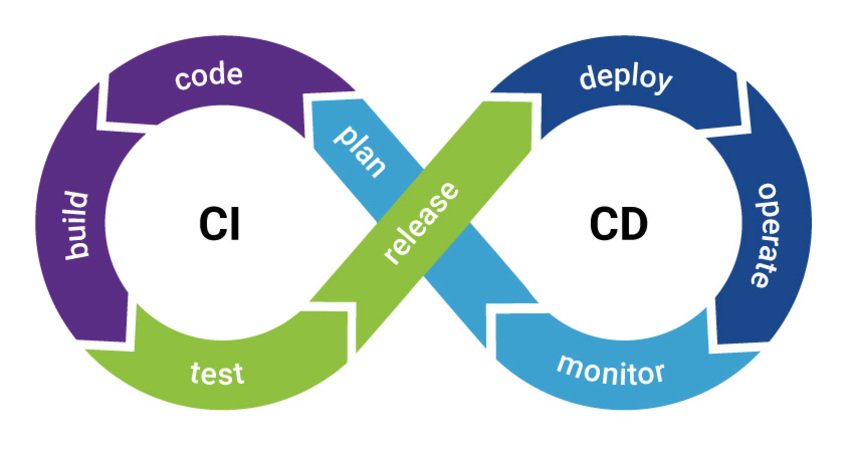
Continuous Integration Made Easy: A Review of Top CI/CD Tools
In the fast-paced realm of software development, where agility and efficiency are paramount, Continuous Integration (CI) and Continuous Deployment (CD) have become indispensable practices. This guide simplifies the landscape by reviewing top CI/CD tools that streamline the development pipeline, ensuring seamless integration and deployment of code changes.
Understanding CI/CD: A Dynamic Duo
Continuous Integration and Continuous Deployment are integral components of the modern software development lifecycle:
– Continuous Integration (CI): Involves automatically integrating code changes from multiple contributors into a shared repository. This process aims to detect and address integration issues early.
– Continuous Deployment (CD): Takes the CI process a step further by automating the deployment of well-tested code changes into production environments. This accelerates the delivery of new features and bug fixes.
Key Features of CI/CD Tools:
1. Automated Build and Test: CI/CD tools automate the build process and execute tests, ensuring that code changes do not introduce regressions or break existing functionality.
2. Artifact Management: They facilitate the storage and versioning of build artifacts, making it easy to reproduce specific releases.
3. Integration with Version Control: Seamless integration with version control systems (e.g., Git) allows automatic triggering of CI/CD pipelines on code commits.
4. Parallel Execution: Efficiently handle multiple builds and tests simultaneously, reducing the time it takes to validate code changes.
5. Deployment Orchestration: CD tools manage the deployment process, including rolling updates, canary releases, and other deployment strategies.
Top CI/CD Tools: A Review
1. Jenkins: The Veteran Conductor
– Overview: An open-source automation server, Jenkins, orchestrates building, testing, and deployment.
– Key Features:
- Extensive plugin ecosystem.
- Configuration as Code (Jenkinsfile).
- Distributed build architecture.
2. GitLab CI/CD: The All-in-One Collaboration Platform
– Overview: GitLab provides a comprehensive platform with built-in CI/CD capabilities.
– Key Features:
- Integrated source code repository.
- Auto DevOps for automatic CI/CD configuration.
- Container registry and Kubernetes integration.
3. Travis CI: Cloud-Powered CI/CD
– Overview: Travis CI is a cloud-based CI/CD service that integrates seamlessly with GitHub repositories.
– Key Features:
- Easy setup with YAML configuration.
- Matrix builds for testing multiple environments.
- Supports Linux, macOS, and Windows.
4. CircleCI: Scalable and Flexible CI/CD
– Overview: CircleCI is a cloud-based CI/CD service known for its scalability and flexibility.
– Key Features:
- Orbs for reusable configuration.
- Workflows for complex build pipelines.
- Docker layer caching for faster builds.
5. GitHub Actions: Native CI/CD in Your Repository
– Overview: GitHub Actions brings CI/CD directly into your GitHub repository, eliminating the need for external services.
– Key Features:
- Workflow configuration in YAML.
- Seamless integration with GitHub repositories.
- Marketplace for reusable actions.
Choosing the Right Tool for Your Orchestra
Selecting the ideal CI/CD tool depends on factors such as project requirements, team preferences, and existing toolchains. Whether you opt for the extensibility of Jenkins, the integration of GitLab, the simplicity of Travis CI, the scalability of CircleCI, or the native GitHub Actions, each tool has its unique strengths.
Conclusion: Harmonizing Development with CI/CD
Continuous Integration and Continuous Deployment are the symphony that harmonizes the development process, ensuring reliability, speed, and collaboration. Embracing the right CI/CD tool transforms the development pipeline into a well-orchestrated composition, bringing code changes from conception to production with ease.
So, conduct your CI/CD symphony and elevate your software delivery to new heights!
